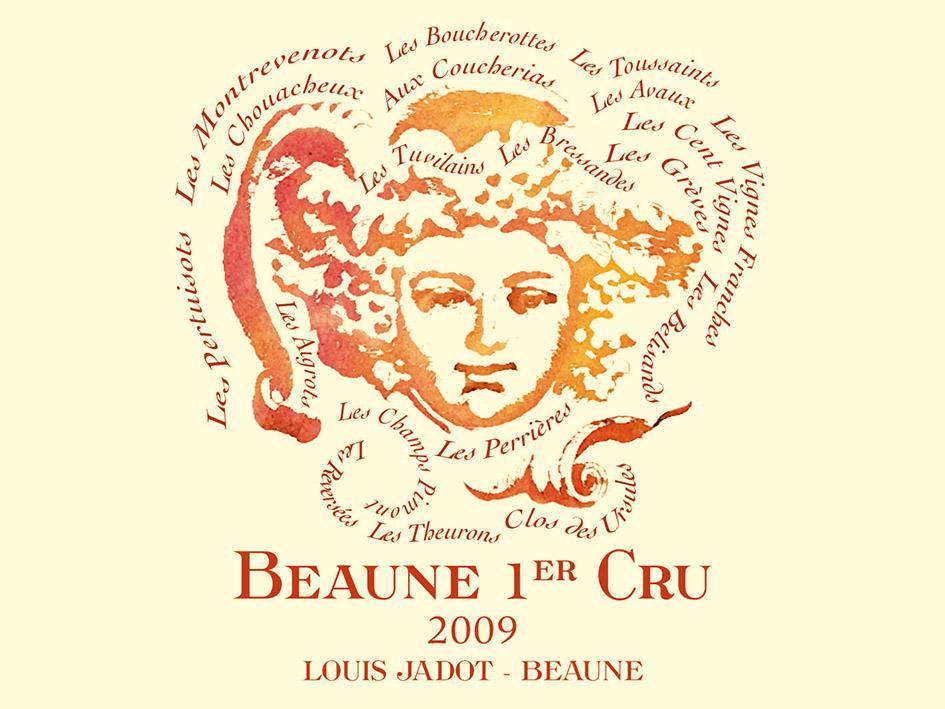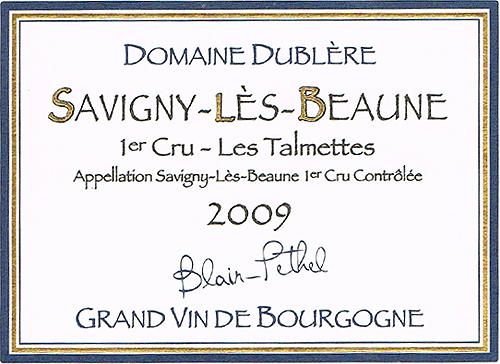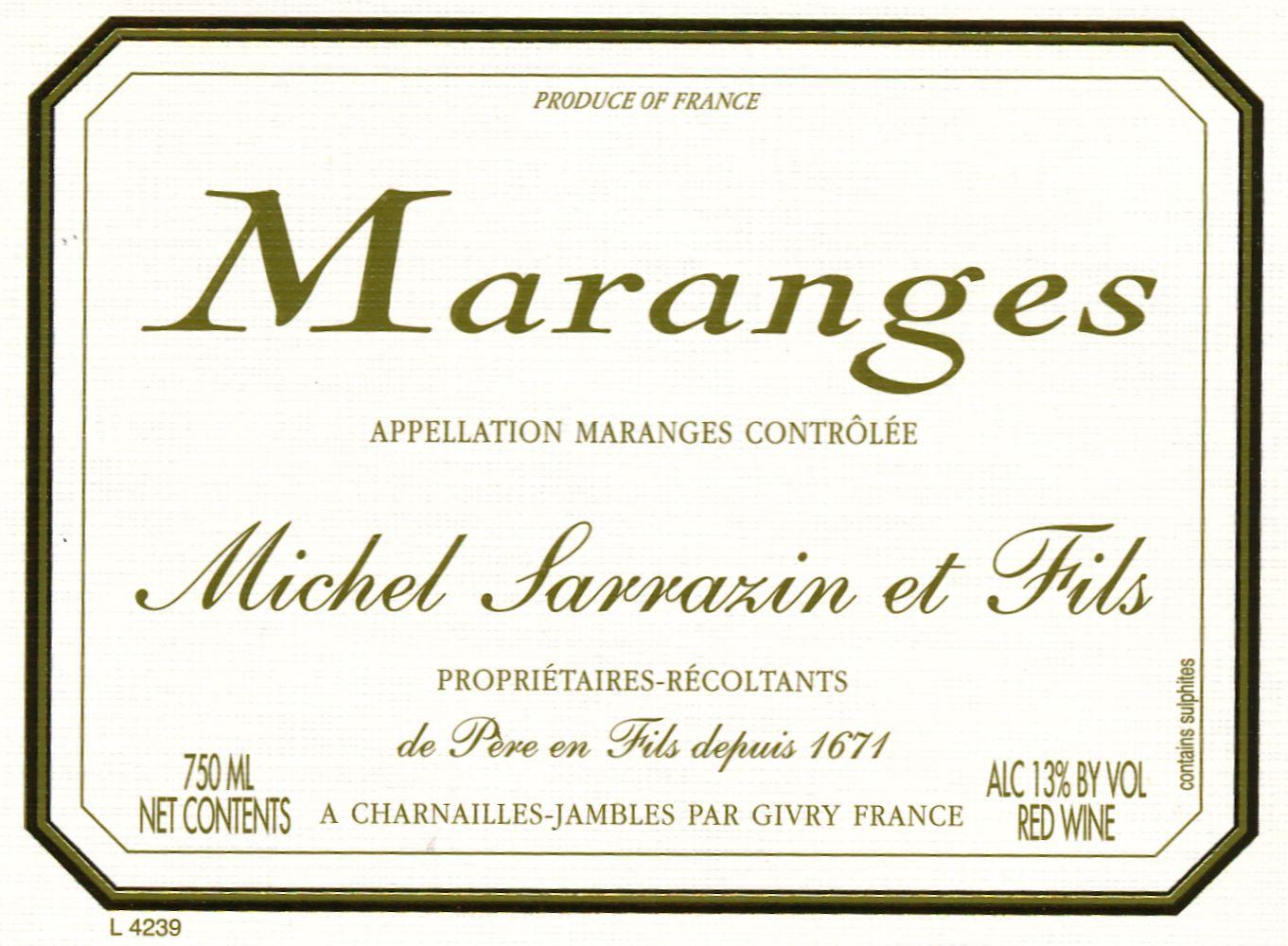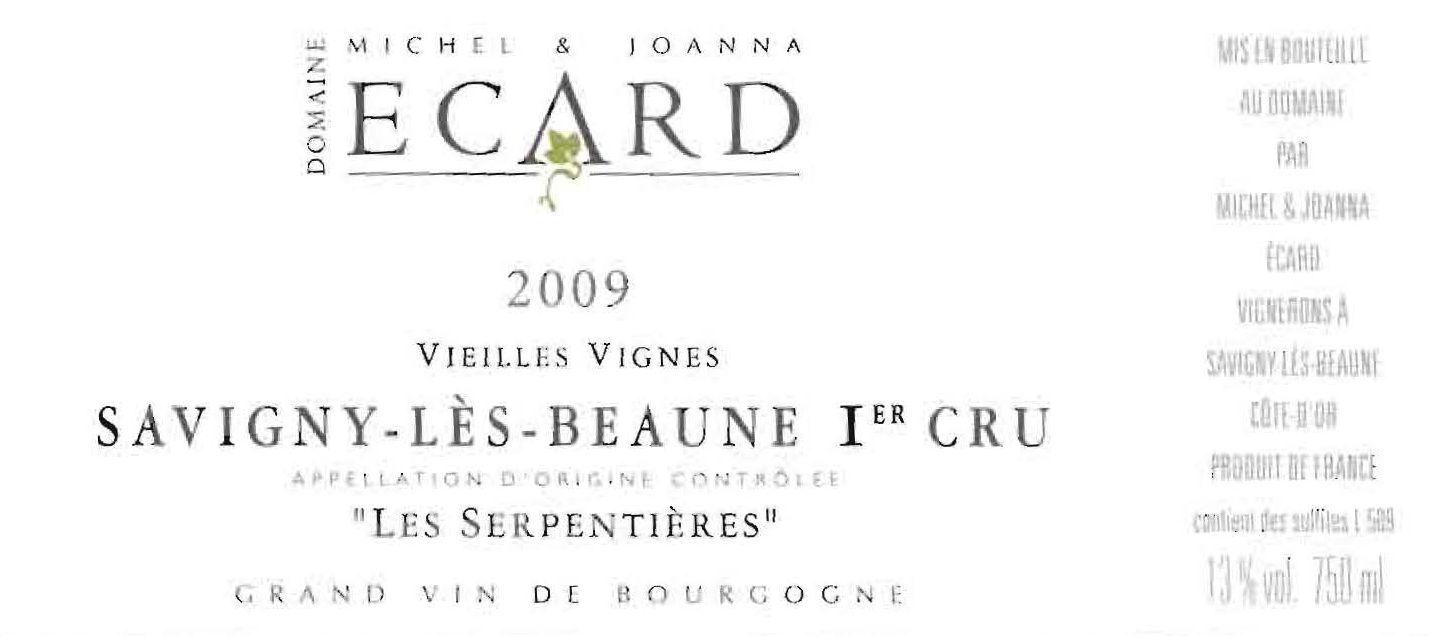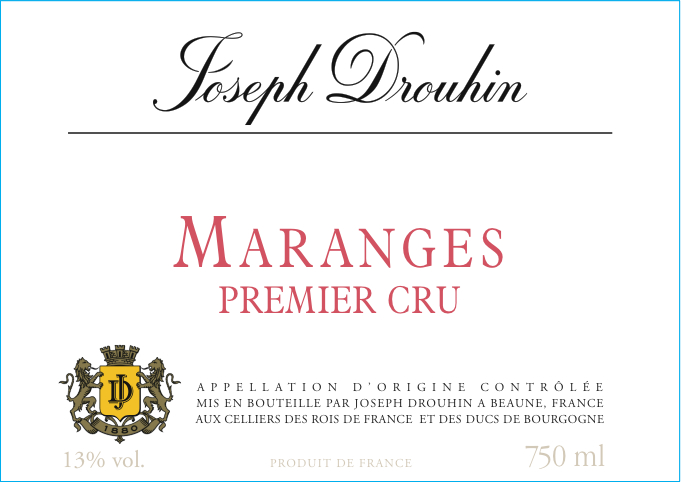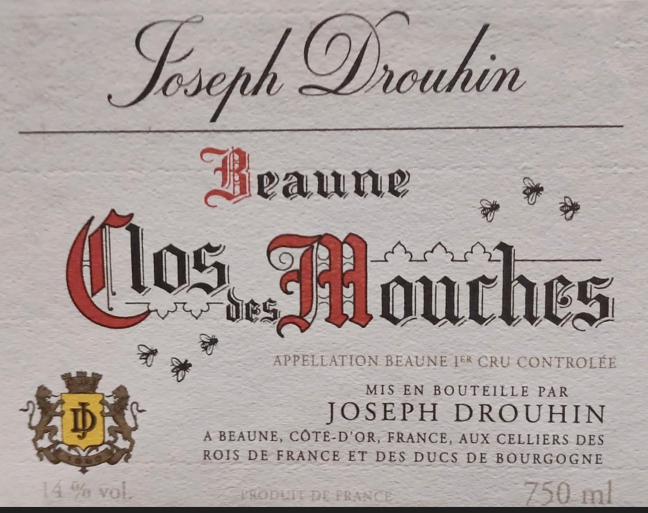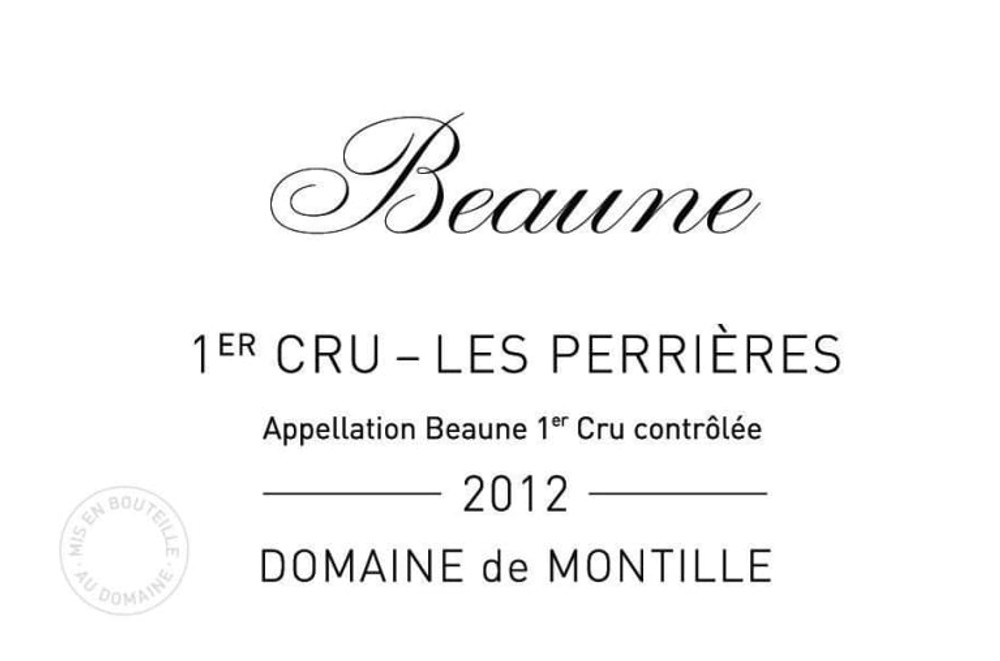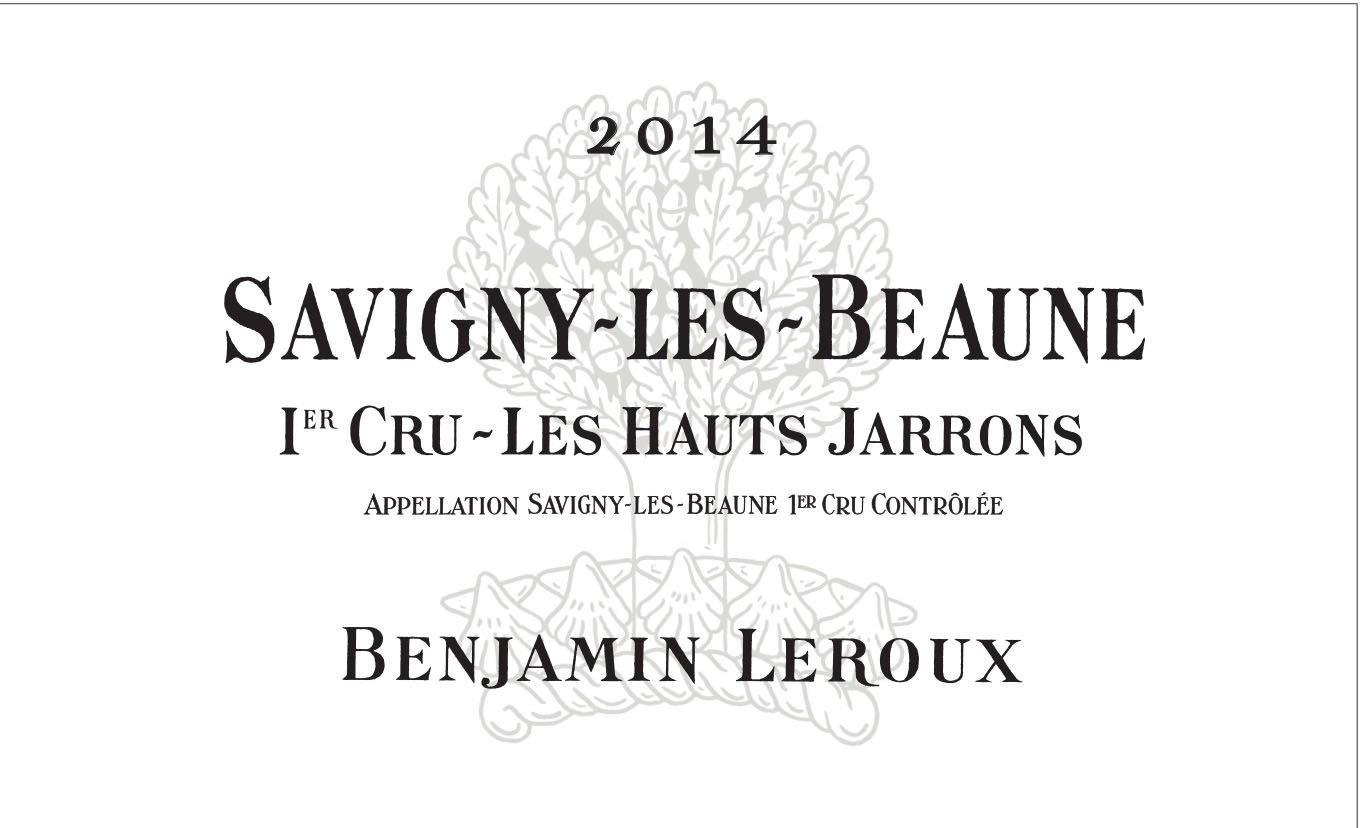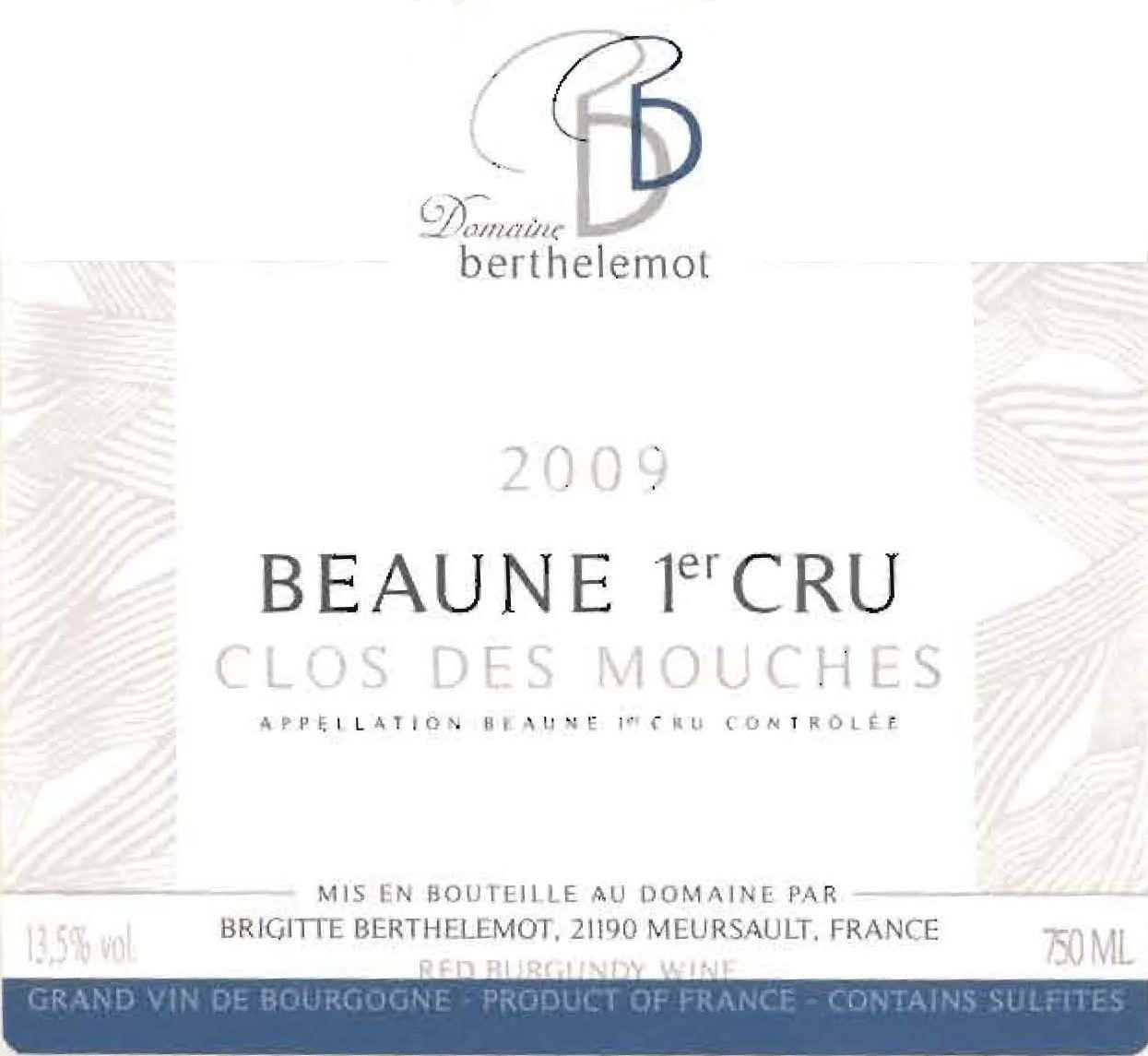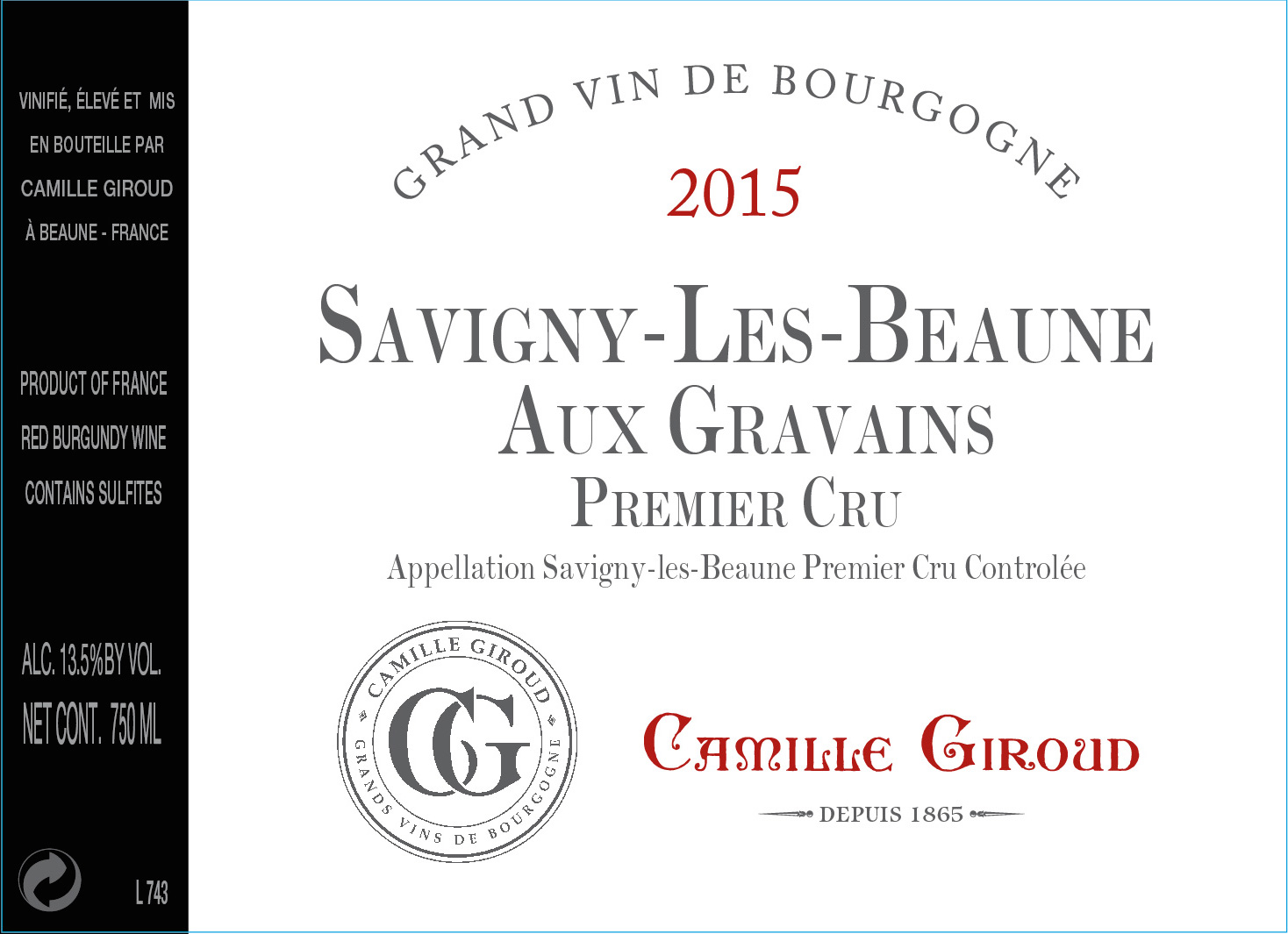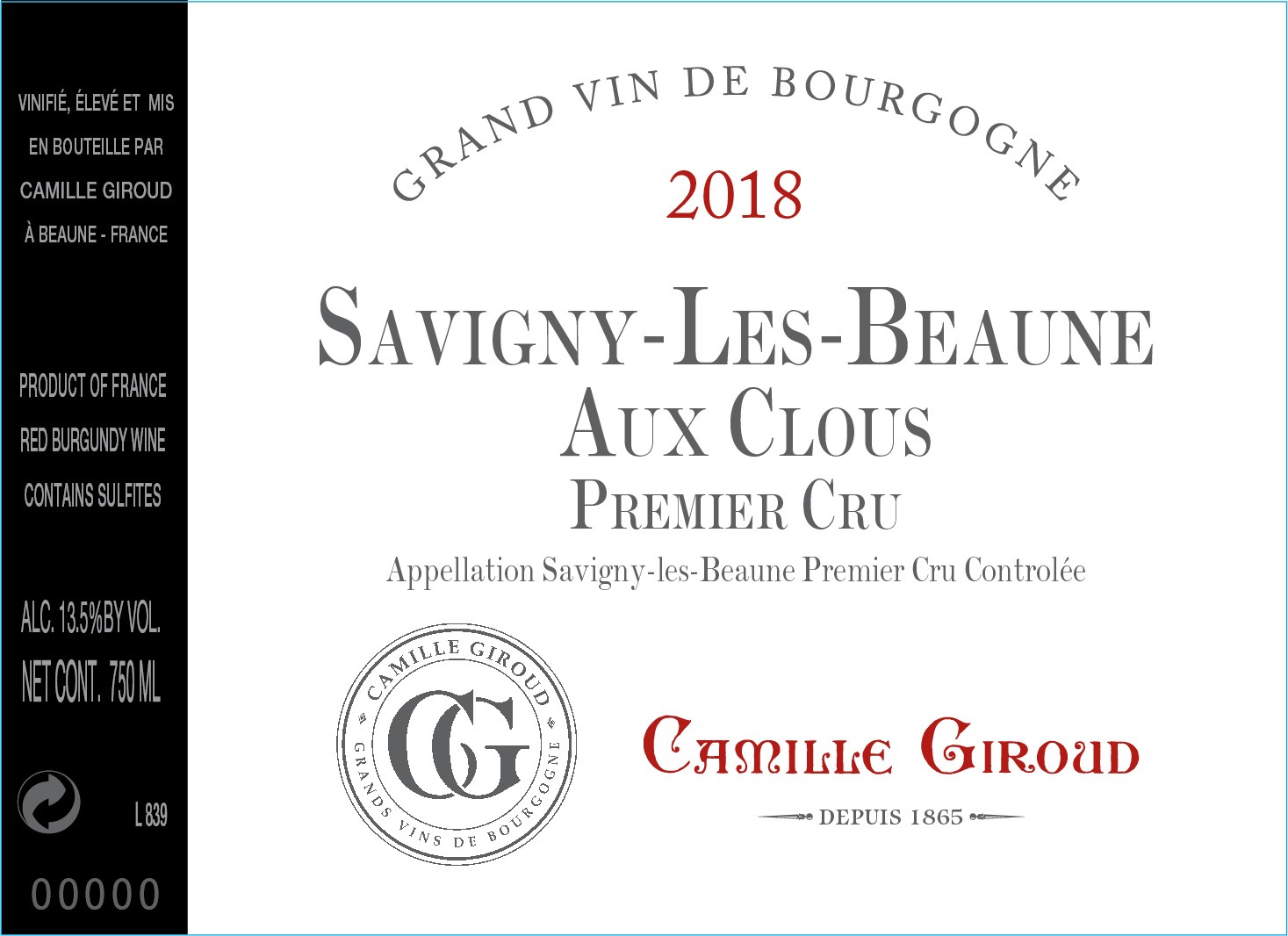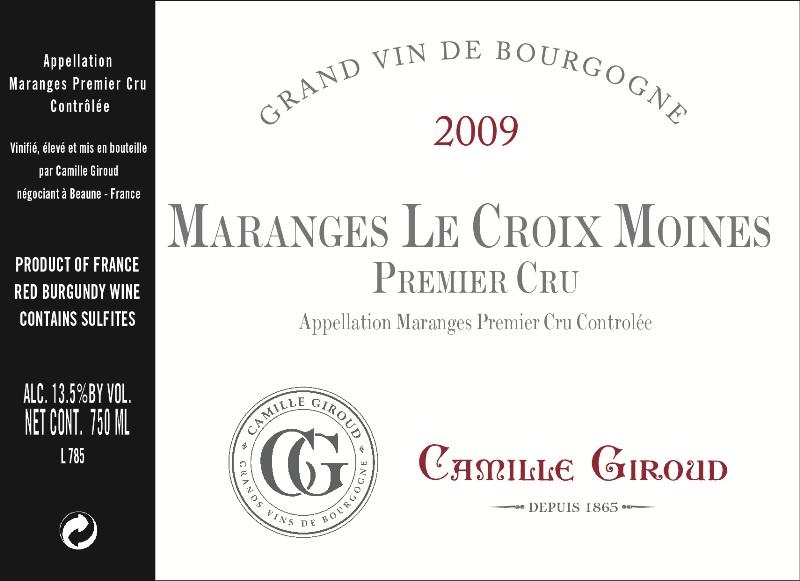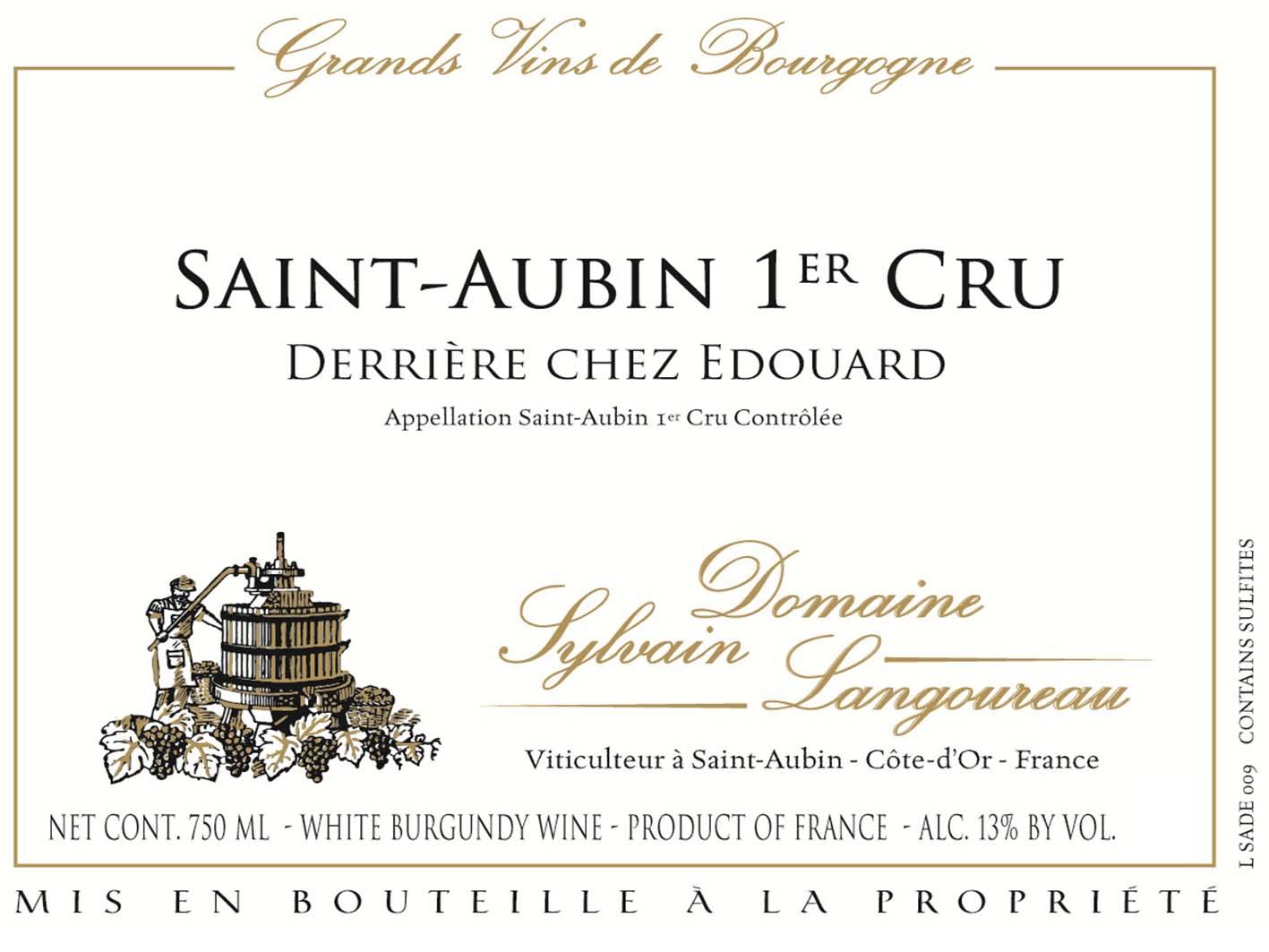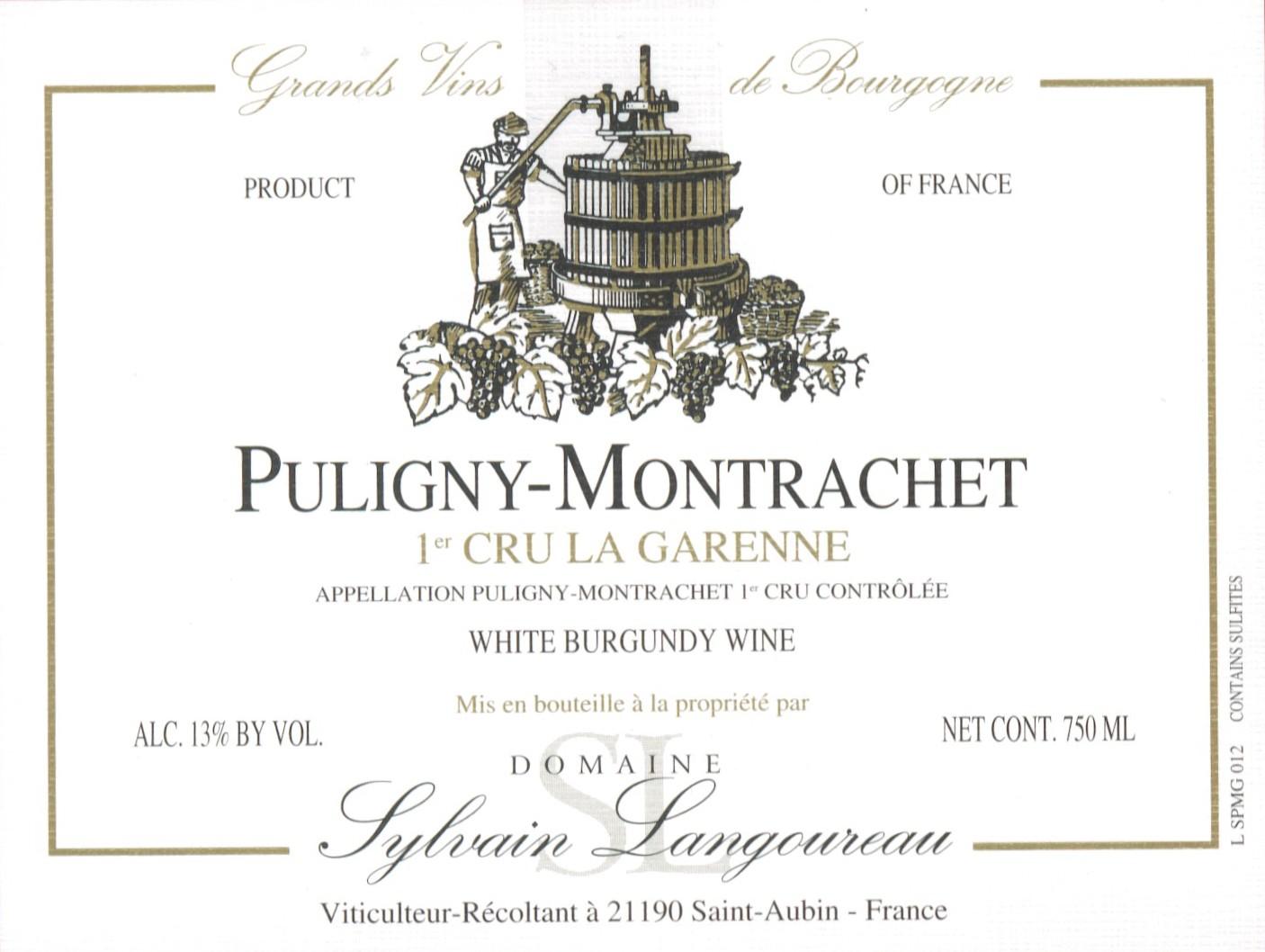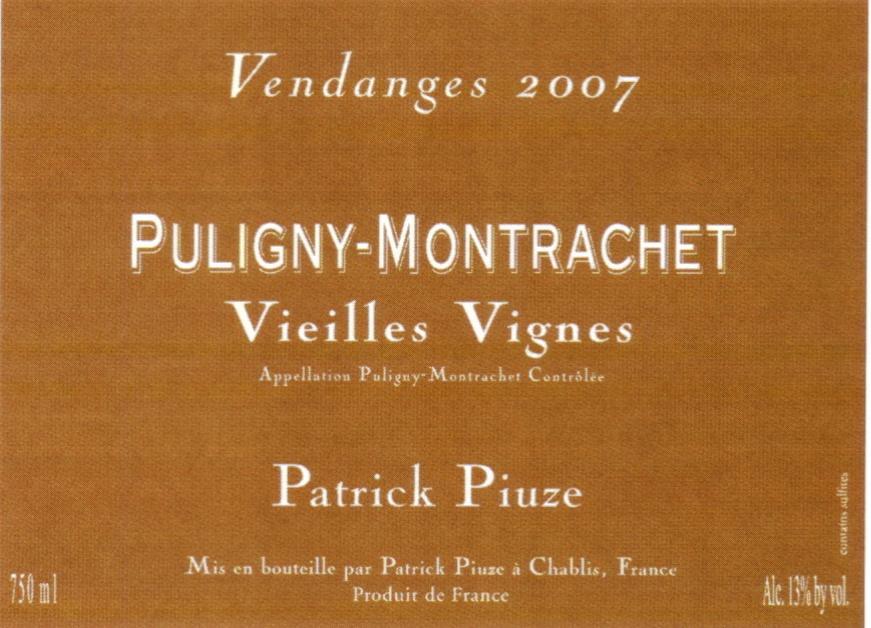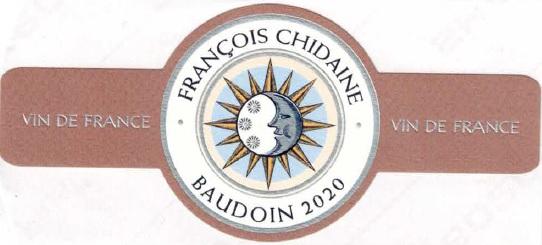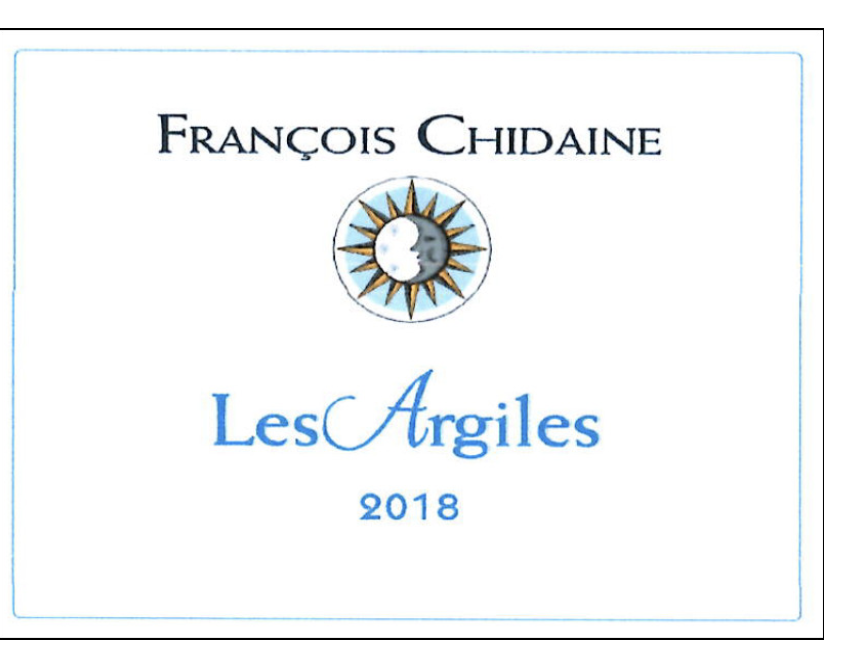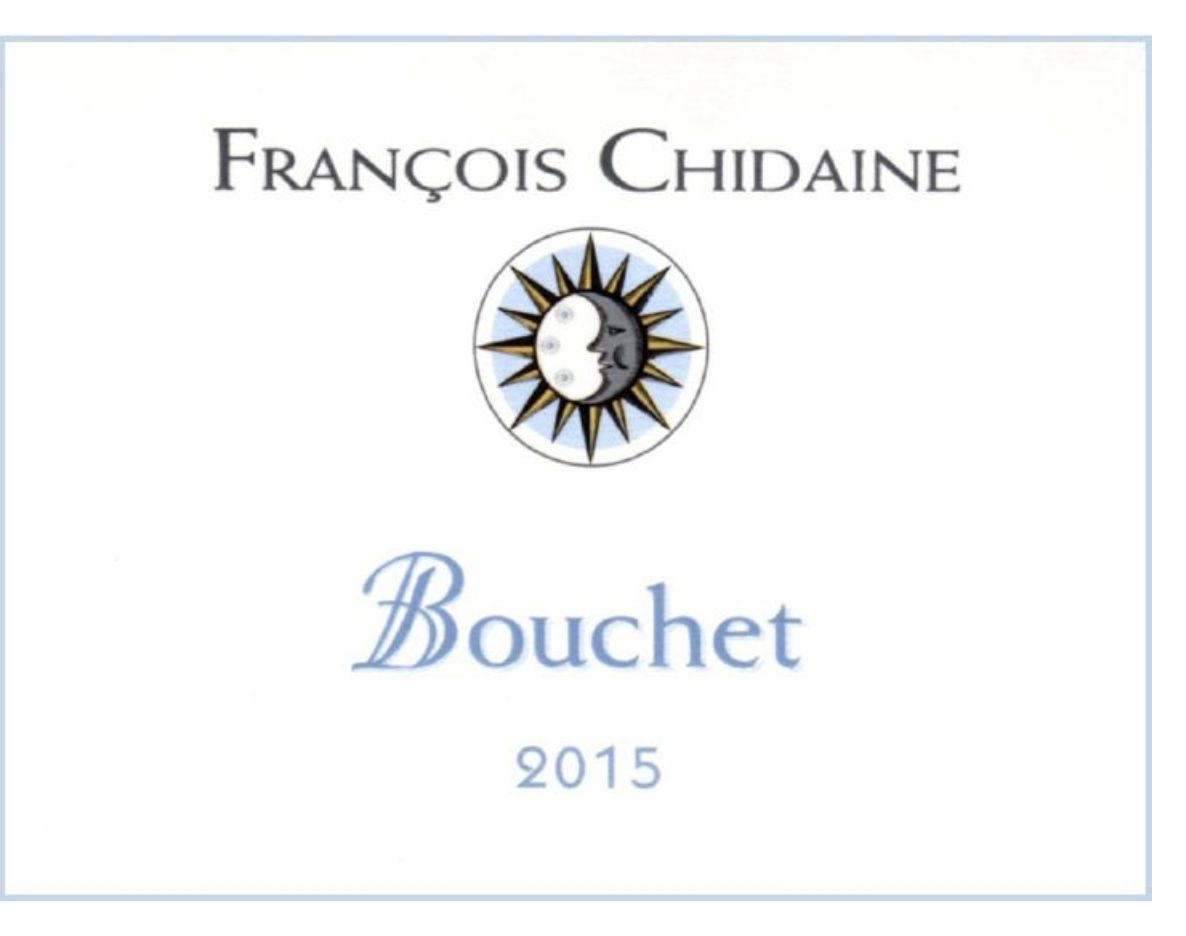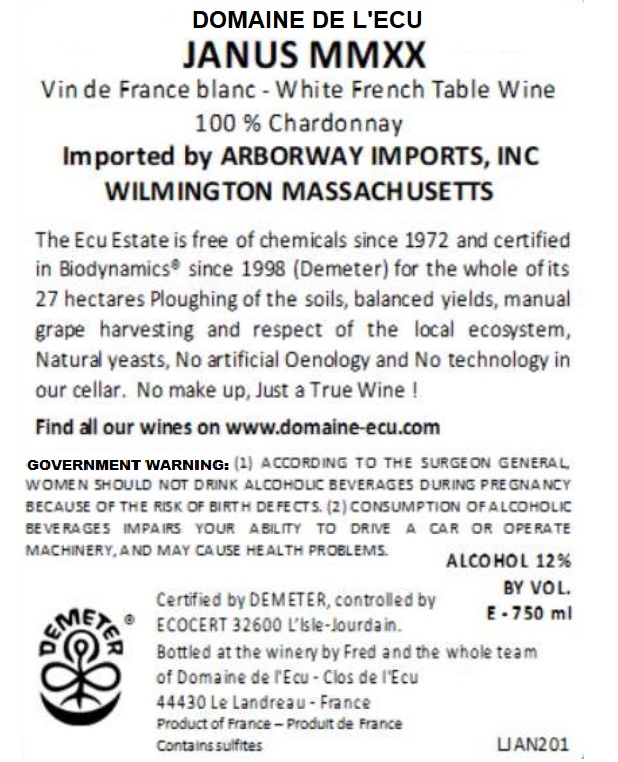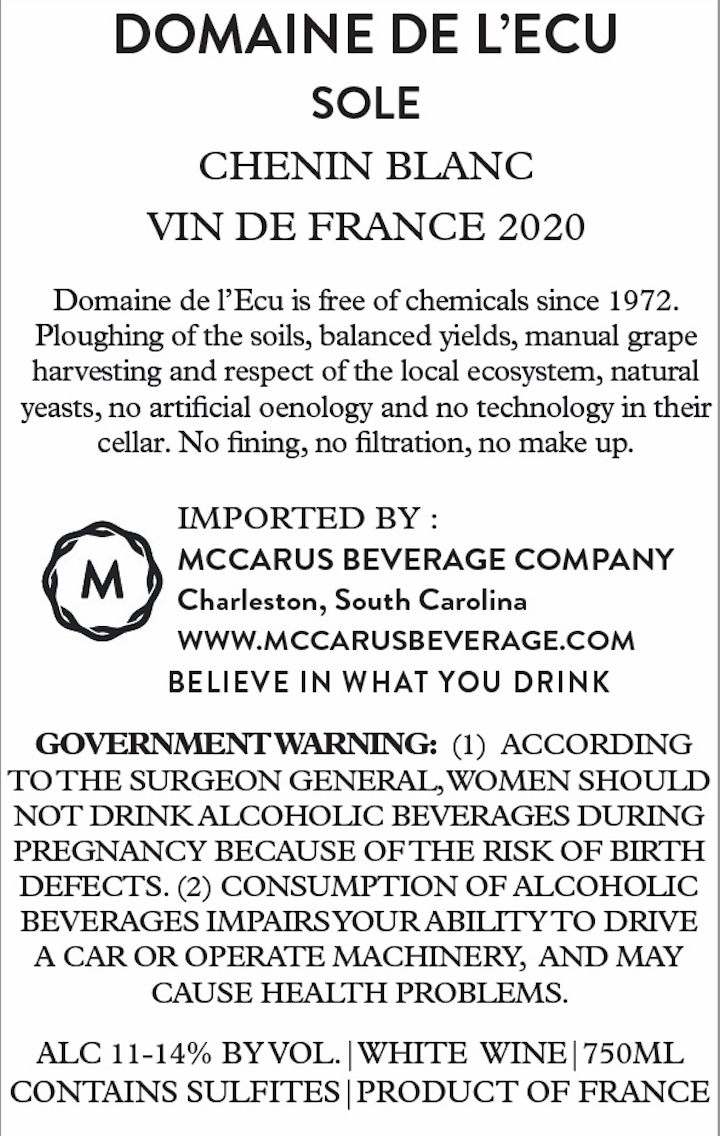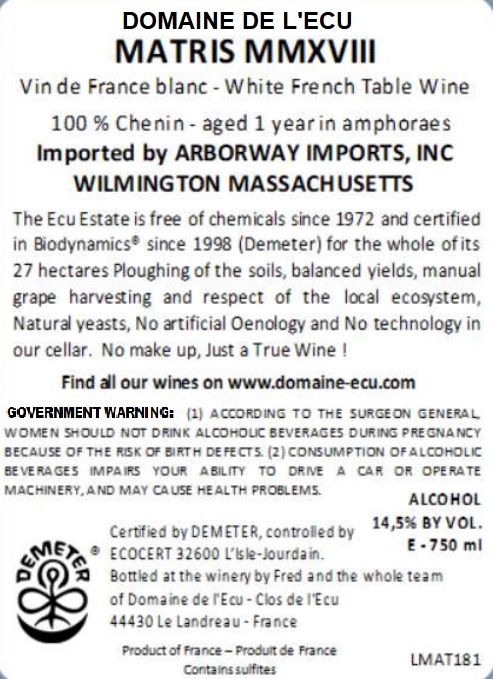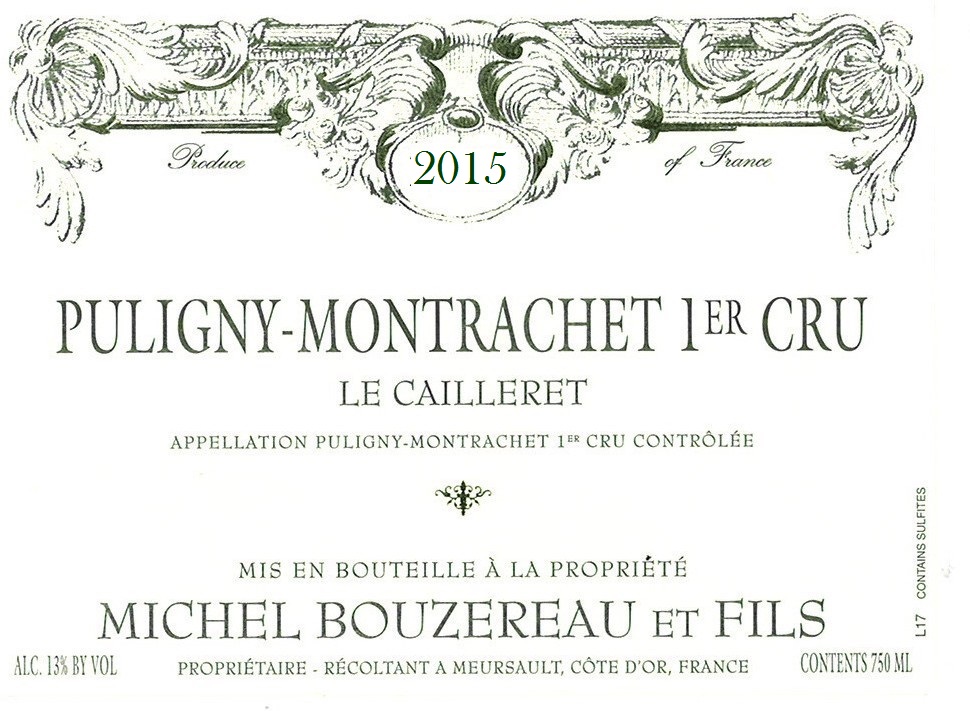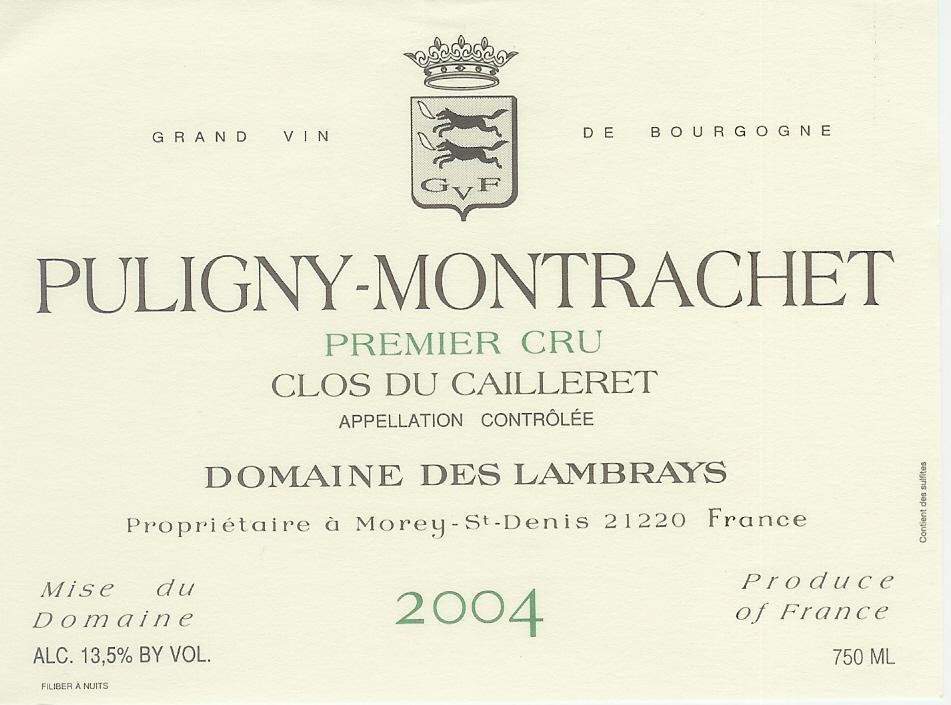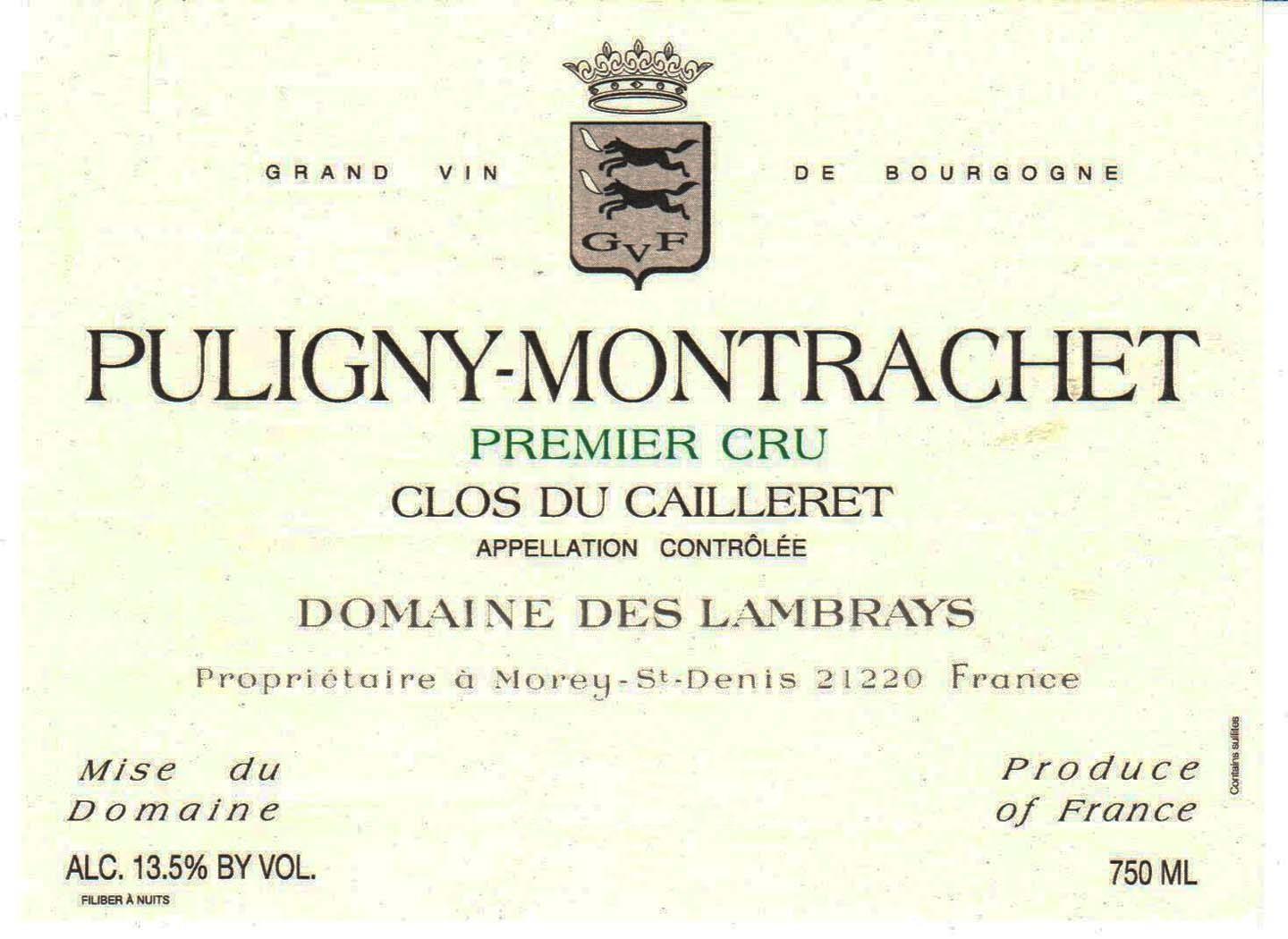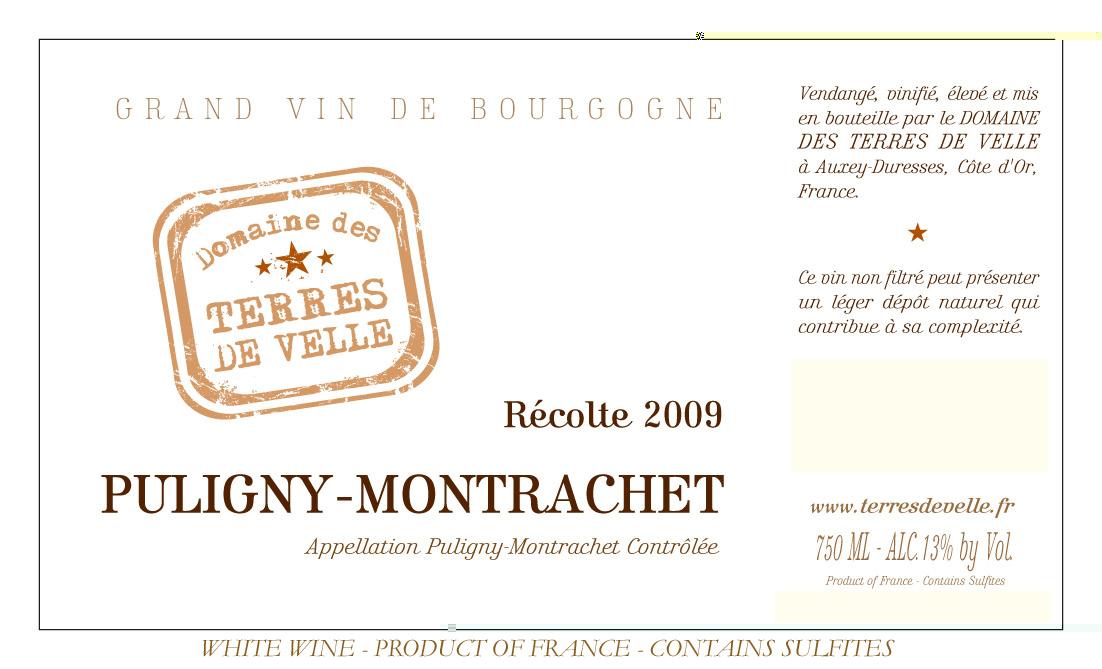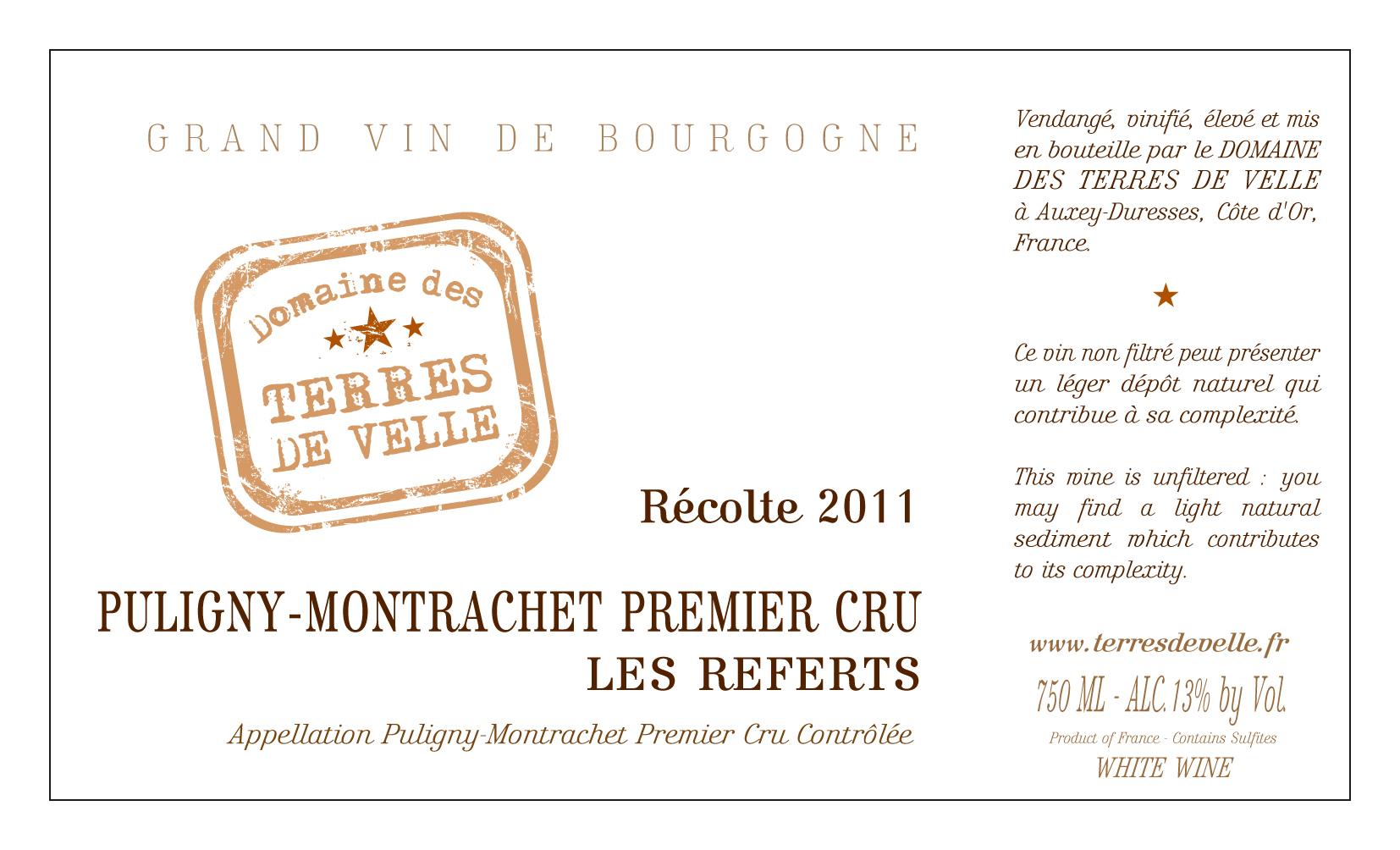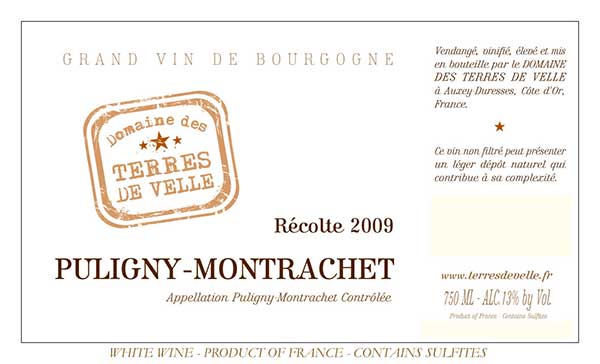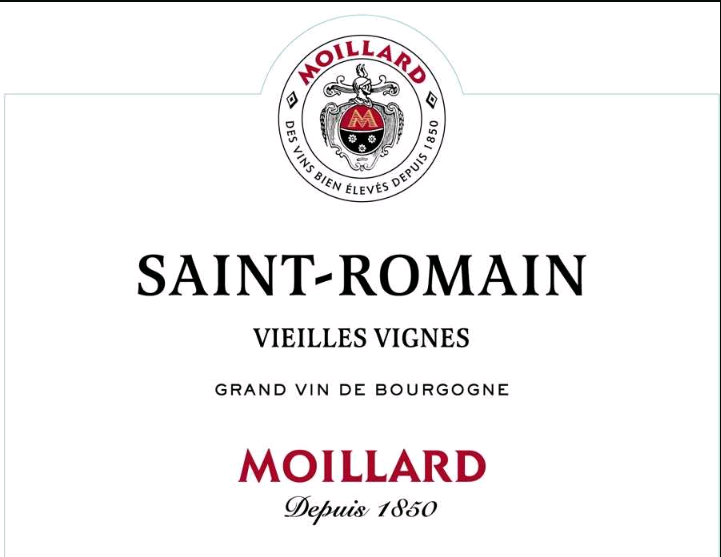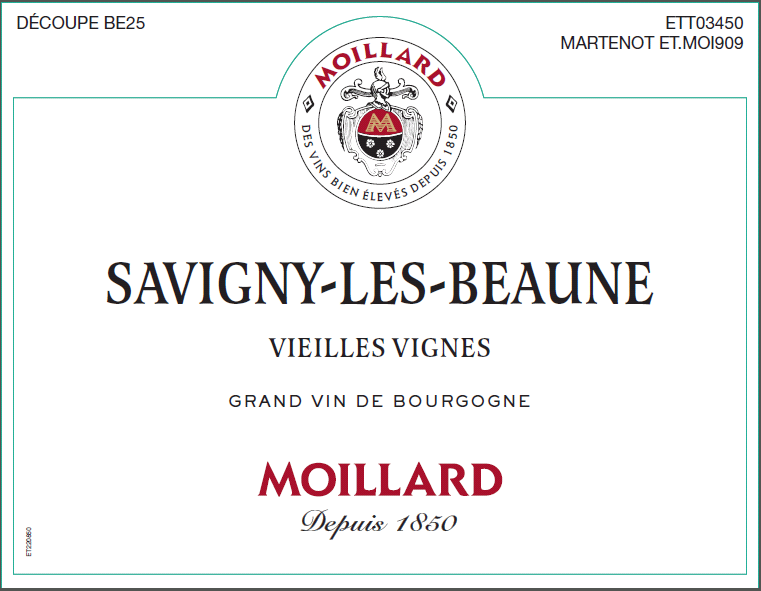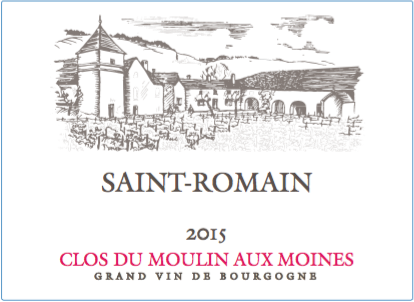Terroir of Côte de Beaune
The Côte de Beaune's terroir is a tapestry of geological complexity, where vineyards nestle on a Jurassic limestone escarpment. The upper slopes boast purer limestone and chalk, while the mid-slopes, home to premier and grand cru sites, are rich with limestone and marl. Lower down, clay mingles with alluvial gravels, shaped by erosion. This diverse soil, particularly the clay-limestone mix, imparts minerality and structure to the wines.
The climate is predominantly continental, with vineyards favoring south to southeast orientations. Warm summers ensure full grape ripening, while dry autumns concentrate flavors. Winters are brisk, with spring frosts posing challenges. The Saône plain moderates temperatures and brings morning mists, preserving freshness. This interplay of terroir and climate crafts wines that capture the essence of their origins: crisp whites and fragrant reds with aging potential.
Notable Wineries in Côte de Beaune
Burgundy's Côte de Beaune is a haven for wine lovers, home to some of the world’s most esteemed wineries. This region, with its rich history and diverse terroir, is celebrated for both its elegant Chardonnays and refined Pinot Noirs.
-
Maison Joseph Drouhin: Established in 1880, this family-run estate in Beaune is a leader in organic and biodynamic practices, known for its Chardonnay and Pinot Noir.
-
Bouchard Père & Fils: One of the oldest houses, founded in 1731, it boasts grand cru vineyards and offers a wide range of Côte de Beaune wines.
-
Domaine Leflaive: Based in Puligny-Montrachet, this winery is renowned for its biodynamic Chardonnays, celebrated for their purity and longevity.
-
Domaine des Comtes Lafon: Located in Meursault, it's famous for richly textured whites and select Volnay reds, crafted through traditional methods.
Sustainable Winemaking in Côte de Beaune
In the revered Côte de Beaune, sustainability is a key focus as producers strive to protect the authenticity of their storied terroir. Many vineyards are transitioning to organic or biodynamic practices, while others adopt lutte raisonnée—intervening only when necessary. Cover crops are widely planted to prevent erosion, enhance soil health, and boost biodiversity, while prunings and pomace are composted back into the vineyards.
With climate change in mind, growers are adjusting canopy management, experimenting with rootstocks, and altering harvest times for optimal grape ripeness. Renewable energy is increasingly used, and water conservation is vital, with cover-cropping and mulching helping retain soil moisture. In the cellar, native yeasts and careful sulfur use preserve the wines' purity. Regional sustainability charters encourage lighter and recycled packaging, promoting eco-friendly practices both in production and tourism.
Wine Tourism in Côte de Beaune
Côte de Beaune offers a rich wine tourism experience steeped in history and culture, inviting exploration of its storied vineyards and charming villages. Visitors can explore the renowned Hospices de Beaune, a 15th-century site with a famous wine auction, and enjoy cellar tours at historic locations like Caves Patriarche. The Route des Grands Crus connects Beaune to Pommard, Volnay, and Meursault, offering pre-booked tastings.
For outdoor enthusiasts, the Voie des Vignes trail provides scenic cycling and hiking through the Côte d’Or's vineyards, with informational "terroir walks." Gourmet experiences abound, featuring Michelin-starred restaurants and farm-to-table tastings.
Seasonal wine events, including summer festivals and open-cellar days, enhance the cultural experience. Designated wine trails with thematic itineraries offer insights into the region's heritage, emphasizing the significance of Côte de Beaune's terroir and the enduring allure of its wines.



